#new york landmark
Explore tagged Tumblr posts
Text

Welcome To Brooklyn.
Come ride The Great American Legend...
THE CONEY ISLAND CYCLONE.
You Kinksters should enjoy it.
It whips you around. It drops and throws you and you always come away bruised.
Its Awesome!
Ask for Jerry.
~Red
#christinered#welcome to Brooklyn#coney island#coney island cyclone#new york landmark#wooden roller-coaster#surf avenue#the great American legend#rough ride#bumps and bruises#give it a try#fast as fuck#new york city girl#brooklyn girl
7 notes
·
View notes
Text

Tony Sarg, The Flatiron Building. From the book Tony Sarg's New York, 1927.
Other posts with illustrations from this book:
The Great White Way
Washington Market
The Stock Exchange
Jefferson Market Police Court
Columbus Circle
Museum of Natural History
City Hall
Source: The Cary Collection
#vintage New York#1920s#Tony Sarg#vintage illustration#illustation#1920s New York#vintage NYC#Flatiron Building#NY landmarks
269 notes
·
View notes
Text
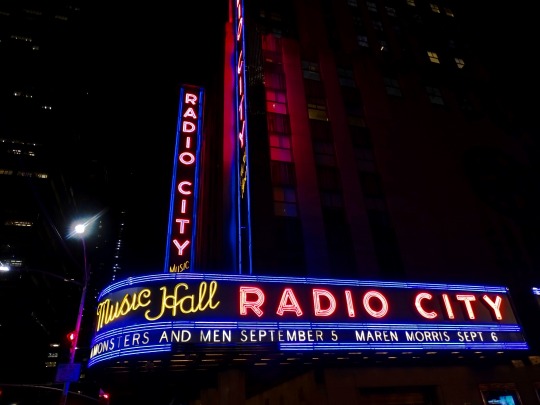
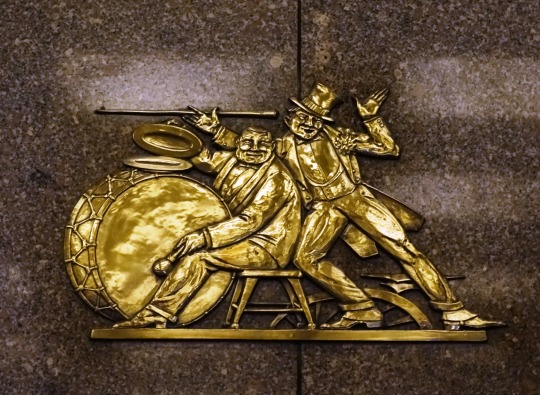
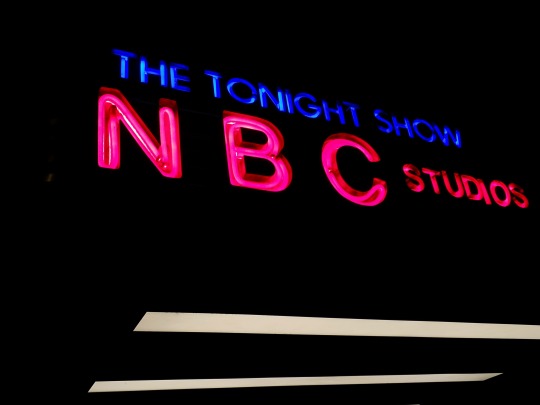
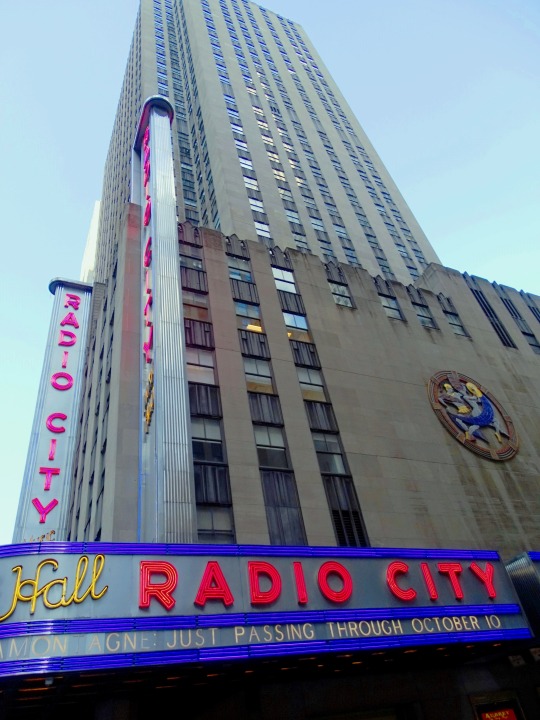

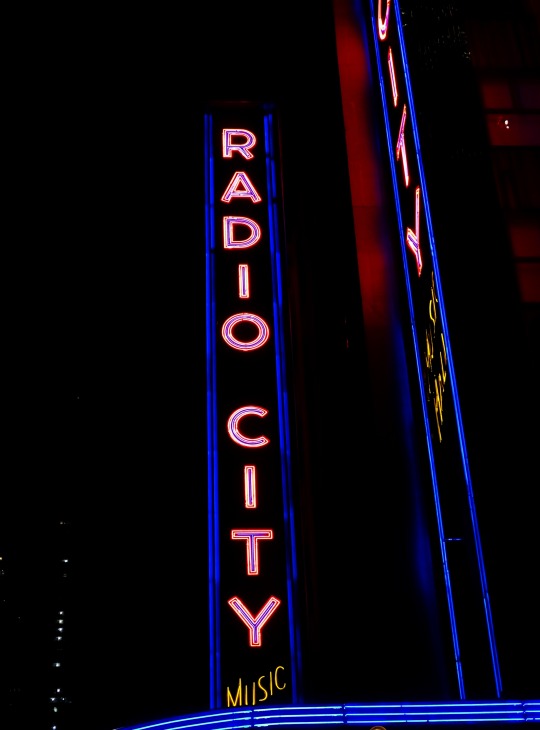
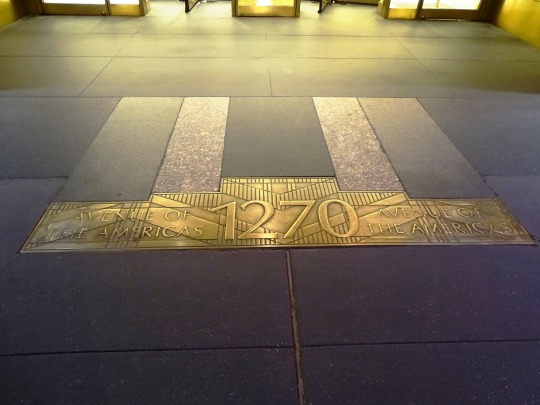



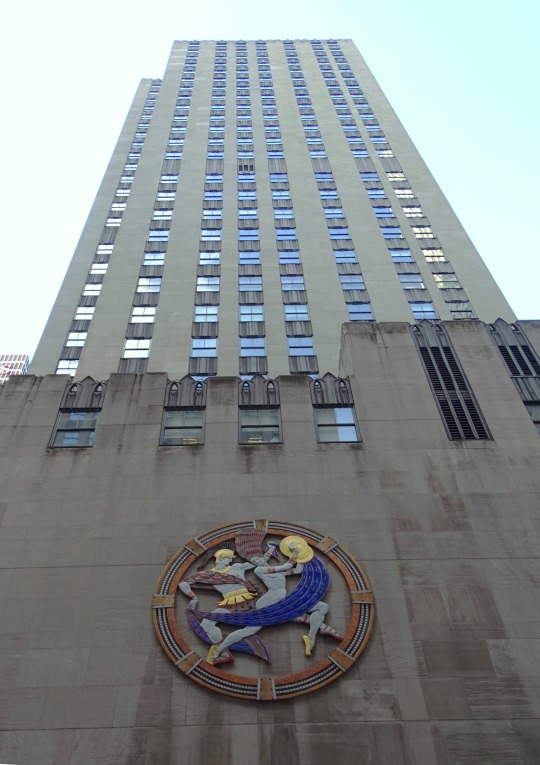
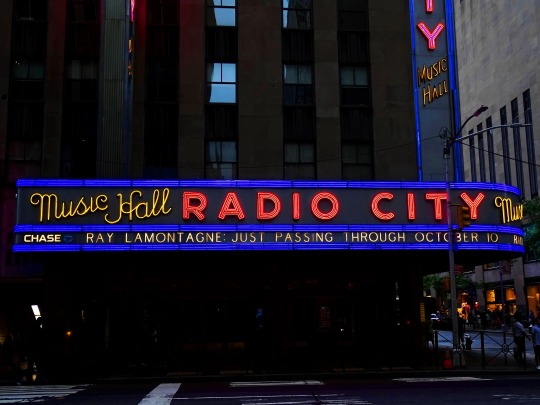
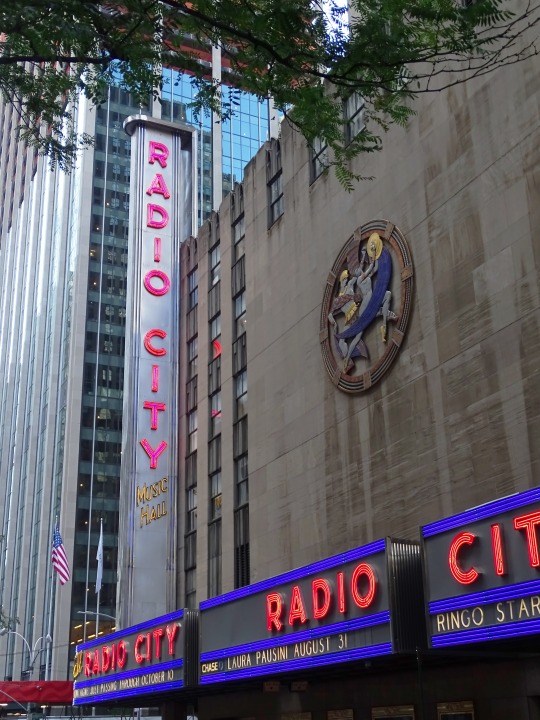


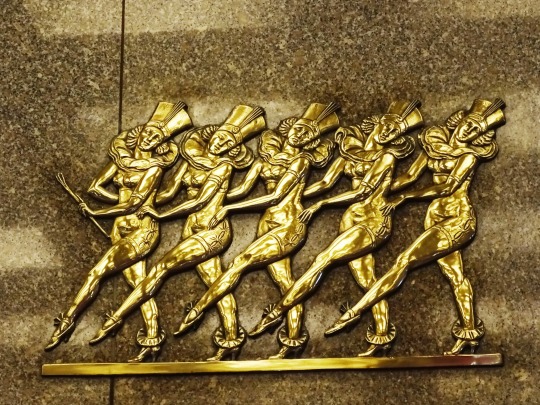

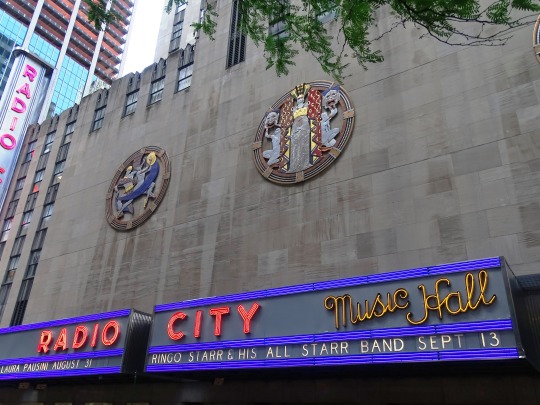
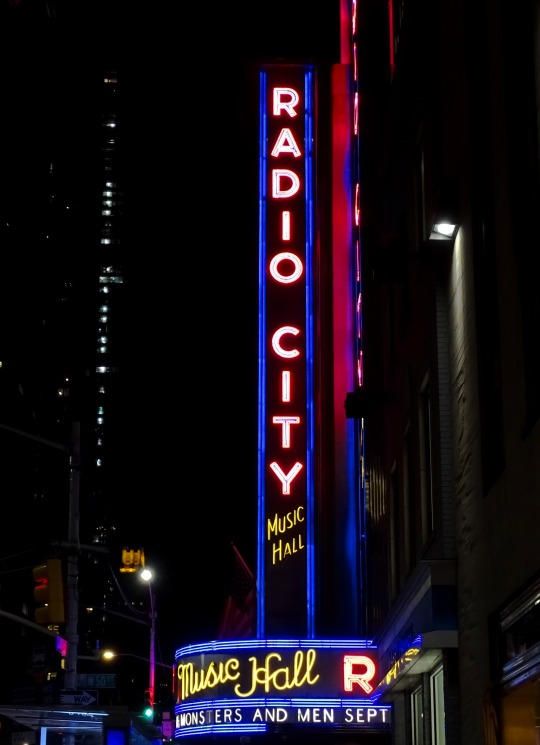
Radio City Music Hall, “Showplace of the Nation”, opened in New York City on December 27, 1932.
#Radio City Music Hall#Showplace of the Nation#opened#27 December 1932#anniversary#US history#Art Deco#Midtown Manhattan#architecture#New York City#summer 2018#2019#original photography#exterior#USA#1260 Avenue of the Americas#6th Avenue#Edward Durell Stone#landmark#Donald Deskey#tourist attraction#neon sign#marquee#night shot#travel#vacation#cityscape
299 notes
·
View notes
Text

Look up (Inside the Vessel) - Hudson Yards, New York City by Andreas Komodromos
#hudsonyards#vessel#urban exploration#nyc photography#landmark#manhattan#city#nyc#cityscape#new york#urban#travel#new york city#nyandreas#architecture#nyc architecture#tumblr photographer
77 notes
·
View notes
Text

Central Park, New York
#central park#new york city#parks#landmark#iconic#travel destinations#atlantic ocean#new york#gotham#big apple#skyline#skyscraper#cityscape#city life#city skyline#city scape#city scene#city#toya's tales#style#toyastales#toyas tales#art#summer#august#big city dreams#big cities#big city life#urban photography#urban landscape
68 notes
·
View notes
Text

Boon Island Light, York, Maine. The two keepers stationed at Boon Island in 1978 had to be rescued by helicopter, after a terrible storm rose the water five feet above the base of the tower and dislodged pieces stone. The storm destroyed all the other buildings on the island, and forced the into the men into the light chamber so they wouldn't be swept away. After that, New England's tallest lighthouse (133 ft.) became automated.
#illustration#jada fitch#maine#art#drawing#design#helicopter#Boon Island Light#Boon Island#York#Maine#Maine lighthouse#lighthouses of maine#rescue#helicopter rescue#island#lighthouse love#tower#stone tower#tallest lighthouse#new england#york maine#gulf of maine#maine landmark
43 notes
·
View notes
Text

The Hotel Chelsea (also known as the Chelsea Hotel and the Chelsea) is a hotel at 222 West 23rd Street in the Chelsea neighborhood of Manhattan in New York City. Built between 1883 and 1884, the hotel was designed by Philip Hubert in a style described variously as Queen Anne Revival and Victorian Gothic. The 12-story Chelsea, originally a housing cooperative, has been the home of numerous writers, musicians, artists, and entertainers, some of whom still lived there in the 21st century. As of 2022, most of the Chelsea is a luxury hotel. The building is a New York City designated landmark and on the National Register of Historic Places.
The front facade of the Hotel Chelsea is 11 stories high, while the rear of the hotel rises 12 stories. The facade is divided vertically into five sections and is made of brick, with some flower-ornamented iron balconies; the hotel is capped by a high mansard roof. The Hotel Chelsea has thick load-bearing walls made of masonry, as well as wrought iron floor beams and large, column-free spaces. When the hotel opened, the ground floor was divided into an entrance hall, four storefronts, and a restaurant; this has been rearranged over the years, with a bar and the El Quijote restaurant occupying part of the ground floor. The Chelsea was among the first buildings in the city with duplex and penthouse apartments, and there is also a rooftop terrace. The hotel originally had no more than 100 apartments; it was subdivided into 400 units during the 20th century and has 155 units as of 2022. The idea for the Chelsea arose after Hubert & Pirsson had developed several housing cooperatives in New York City. Developed by the Chelsea Association, the structure quickly attracted authors and artists after opening. Several factors, including financial hardships and tenant relocations, prompted the Chelsea's conversion into an apartment hotel in 1905. Knott Hotels took over the hotel in 1921 and managed it until about 1942, when David Bard bought it out of bankruptcy. Julius Krauss and Joseph Gross joined Bard as owners in 1947. After David Bard died in 1964, his son Stanley operated it for 43 years, forming close relationships with many tenants. The hotel underwent numerous minor changes in the late 20th century after falling into a state of disrepair. The Krauss and Gross families took over the hotel in 2007 and were involved in numerous tenant disputes before the Chelsea closed for a major renovation in 2011. The hotel changed ownership twice in the 2010s before BD Hotels took over in 2016, and the Chelsea reopened in 2022.
Over the years, the Chelsea has housed many notables such as Arthur Miller, Bob Dylan, Arthur C. Clarke, Patti Smith, Robert Mapplethorpe, and Virgil Thomson. The Chelsea received much commentary for the creative culture that Bard helped create within the hotel. Critics also appraised the hotel's interior—which was reputed for its uncleanliness in the mid- and late 20th century—and the quality of the hotel rooms themselves. The Chelsea has been the setting or inspiration for many works of popular media, and it has been used as an event venue and filming location.
Over the years, the Chelsea has become particularly well-known for its residents, who have come from all social classes. The New York Times described the hotel in 2001 as a "roof for creative heads", given the large number of such personalities who have stayed at the Chelsea; the previous year, the same newspaper had characterized the list of tenants as "living history". The journalist Pete Hamill characterized the hotel's clientele as "radicals in the 1930s, British sailors in the 40s, Beats in the 50s, hippies in the 60s, decadent poseurs in the 70s". Although early tenants were wealthy, the Chelsea attracted less well-off tenants by the mid-20th century, and many writers, musicians, and artists lived at the Hotel Chelsea when they were short on money. Accordingly, the Chelsea's guest list had almost zero overlap with that of the more fashionable Plaza Hotel crosstown. New York magazine wrote that "people who lived in the hotel slept together as often as they celebrated holidays together", particularly under Stanley Bard's tenure. Despite the high number of notable people associated with the Chelsea, its residents typically desired privacy and frowned upon those who used their relationships with their neighbors to further their own careers.
The Hotel Chelsea has housed numerous literary figures, some of whom wrote their books there. Arthur C. Clarke wrote 2001: A Space Odyssey while staying at the Chelsea, calling the hotel his "spiritual home" despite its condition. Thomas Wolfe lived in the hotel before his death in 1938, writing several books such as You Can't Go Home Again; he often walked around the halls to gain inspiration for his writing. William S. Burroughs also lived at the Chelsea. While living at the Chelsea, Edgar Lee Masters wrote 18 poetry books, often wandering the hotel for hours. Welsh poet Dylan Thomas (who lived with his wife Caitlin Thomas) was staying in room 205 when he became ill and died in 1953, while American poet Delmore Schwartz spent the last few years of his life in seclusion at the Chelsea before he died in 1966. Irish poet Brendan Behan, a severe alcoholic who had been ejected from the Algonquin Hotel, lived at the hotel for several months before his death in 1964. Many poets of the Beat poetry movement also lived at the Chelsea before the Beat Hotel in Paris became popular.
Other authors, writers, and journalists who stayed or lived at the hotel have included: Henry Abbey, poet Nelson Algren, writer Léonie Adams, poet; lived with husband William Troy Sherwood Anderson, writer Ben Lucien Burman, writer Henri Chopin, poet and musician Ira Cohen, poet and filmmaker Gregory Corso, poet Hart Crane, poet Quentin Crisp, writer and actor Jane Cunningham Croly, journalist Katherine Dunn, novelist and journalist Edward Eggleston, writer James T. Farrell, novelist Allen Ginsberg, poet John Giorno, poet Maurice Girodias, publisher Pete Hamill, journalist Bernard Heidsieck, poet O. Henry, writer Herbert Huncke, poet Clifford Irving, novelist and reporter Charles R. Jackson, author Theodora Keogh, novelist Jack Kerouac, writer Suzanne La Follette, journalist John La Touche, lyricist Jakov Lind, novelist Mary McCarthy, novelist and political activist Arthur Miller, playwright Jessica Mitford, author Vladimir Nabokov, novelist Eugene O'Neill, playwright Joseph O'Neill, novelist Claude Pélieu, poet and artist Rene Ricard, poet James Schuyler, poet Sam Shepard, playwright and actor Valerie Solanas, writer Benjamin Stolberg, publicist and author Richard Suskind, children's writer William Troy, critic; lived with wife Léonie Adams Mark Twain, writer Gore Vidal, writer Arnold Weinstein, librettist Tennessee Williams, playwright Yevgeny Yevtushenko, poet
The Chelsea was particularly popular among rock musicians and rock and roll musicians in the 1970s. These included Sid Vicious of the Sex Pistols, who allegedly stabbed his girlfriend Nancy Spungen to death at the hotel in 1978; after Vicious's death, their room was split into two units to prevent the room from being turned into a shrine. Numerous rock bands frequented the Chelsea as well, including the Allman Brothers, the Band, Big Brother and the Holding Company, the Paul Butterfield Blues Band, the Byrds, Country Joe and the Fish, Jefferson Airplane, Lovin' Spoonful, Moby Grape, the Mothers of Invention, Quicksilver Messenger Service, Sly and the Family Stone, and the Stooges. The Kills wrote much of their album No Wow at the Chelsea prior to its release in 2005. The Grateful Dead once performed on the roof.
[Chris Stein]
25 notes
·
View notes
Text
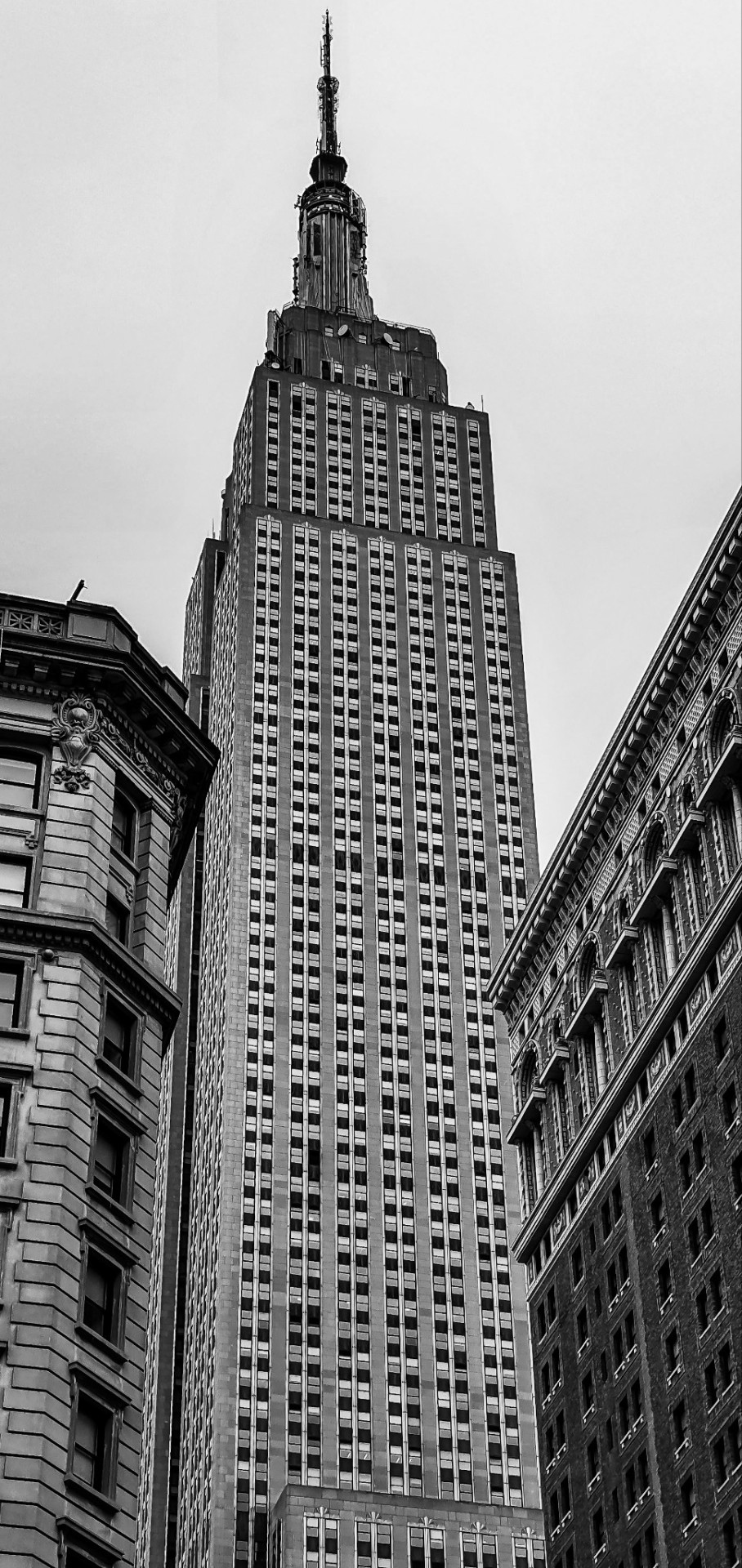
The Empire
#travelling#nyc#new york#big apple#empire state building#manhattan#monochrome#skyscraper#landmark#icon#architecture#cityscape#usa
78 notes
·
View notes
Text
#education#photography#landsccape#funny#lol#wholesome#adorable#landscape#paradise#explore#travel#beautiful#beauty#amazing#landmark#usa#new york
31 notes
·
View notes
Text
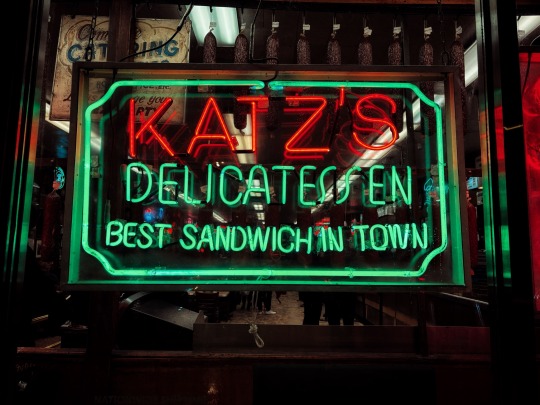
ye olde classics
#street photography#new york#Katz’s delicatessen#landmark#neon#sign#signage#lowereastside#new york city
38 notes
·
View notes
Text
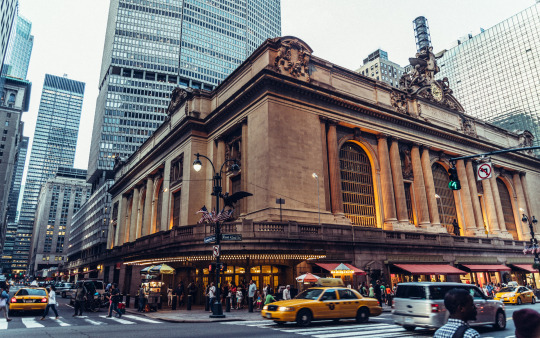
Grand Central Station, New York City.
#grand central#street#places#taxi#station#train station#nyc#new york#new york city#city#urban city#landmark#tourist#sightseeing#travel#yellow cab#places to see#manhattan
10 notes
·
View notes
Text
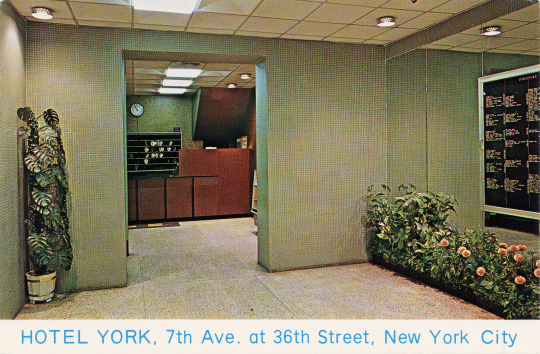


Ansichtskarte / Vintage Postcard
HOTEL YORK, 7th Ave. at 36th Street, New York City
HOTEL YORK 7th Ave. at 36th Street, N.Y.C. 2 blocks from Penn R.R. Station Showrooms and Transient
Landmark Printing Corporation, 195 Chrystie St., N.Y.C.
#New York#New York City#Hotel#Landmark Printing#Philokartie#USAPhilokartie#akNewYork#HotelPhilokartie#Ansichtskartenfotografie#Innenarchitektur#NewYork#deltiology#IndoorPlants
34 notes
·
View notes
Text
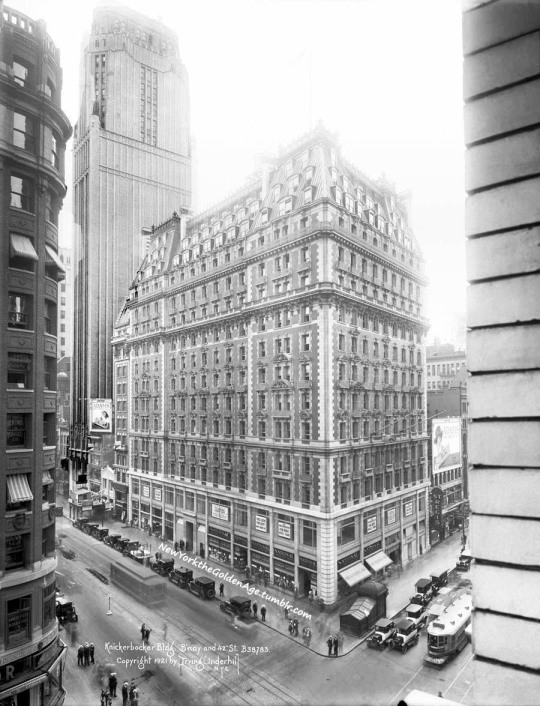
The Knickerbocker Hotel (then used as an office building), on the SE corner of Broadway and 42nd Street, 1921.
Built by John Jacob Astor, it was once home to Enrico Caruso and George M. Cohan. Other residents and guests included Geraldine Farrar, F. Scott Fitzgerald, and D.W. Griffith. Tammany Hall politicians used to hold political meetings there. The popular hotel bar was called "The 42nd Street Country Club" and the restaurant was allegedly where the velvet rope line was invented.
The hotel opened in 1901 and flourished, but it was hit hard by Prohibition and was repurposed as an office building in 1920. It reopened as a hotel in 2015.
Photo: Bettmann Archive/NY Daily News
#vintage New York#1920s#Hotel Knickerbocker#Knickerbocker Hotel#1910s#1900s#NYC landmarks#vintage Manhattan#vintage NYC
139 notes
·
View notes
Text
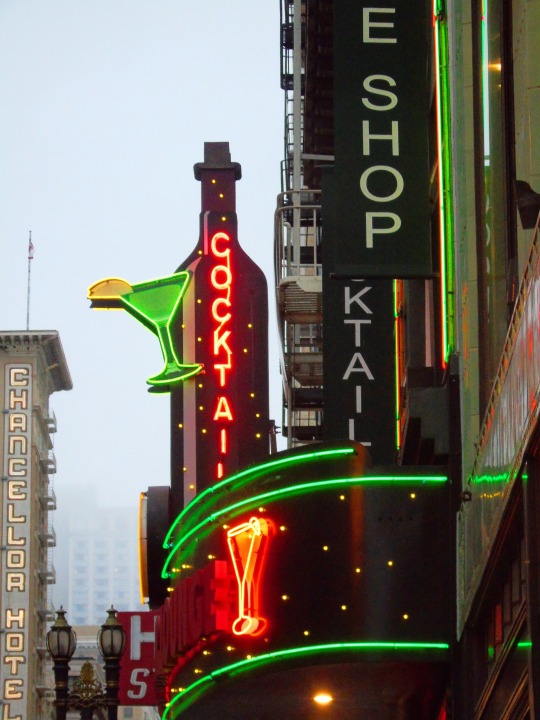

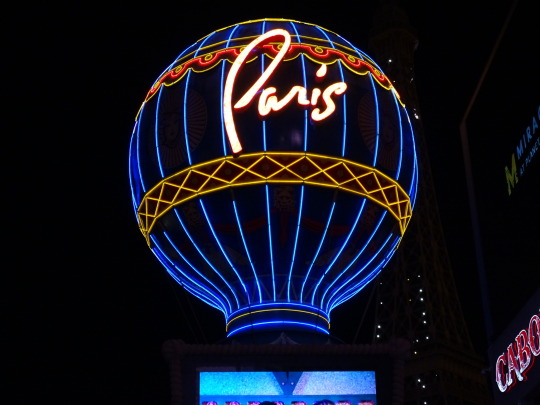

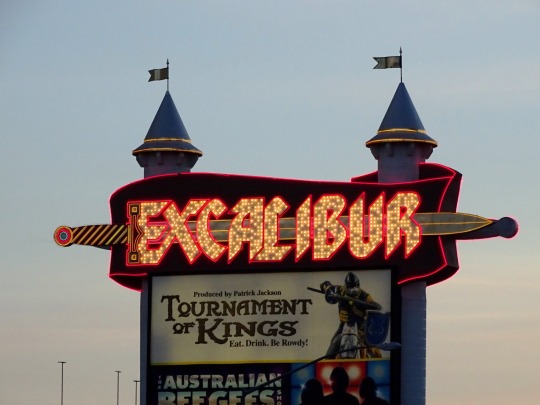
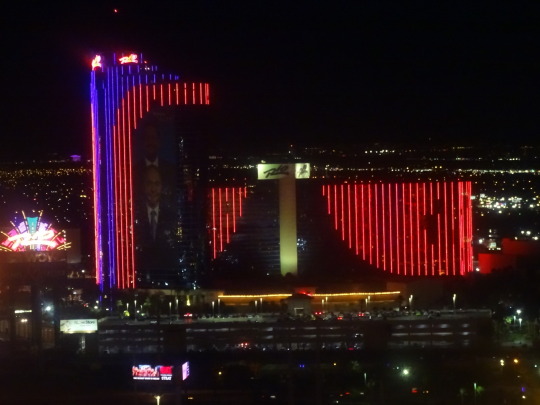
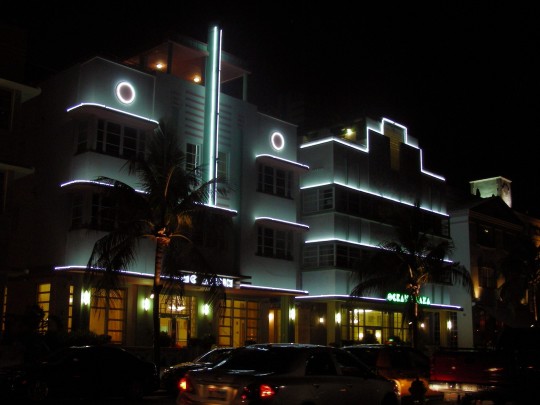
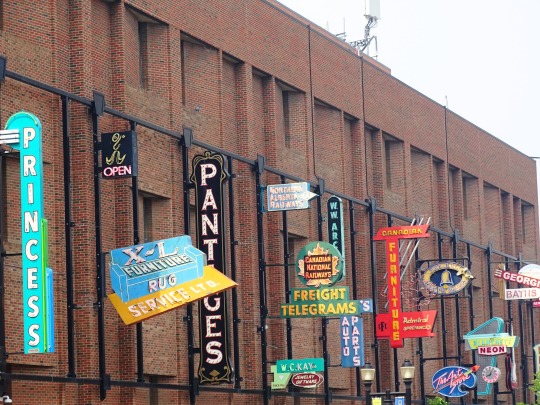

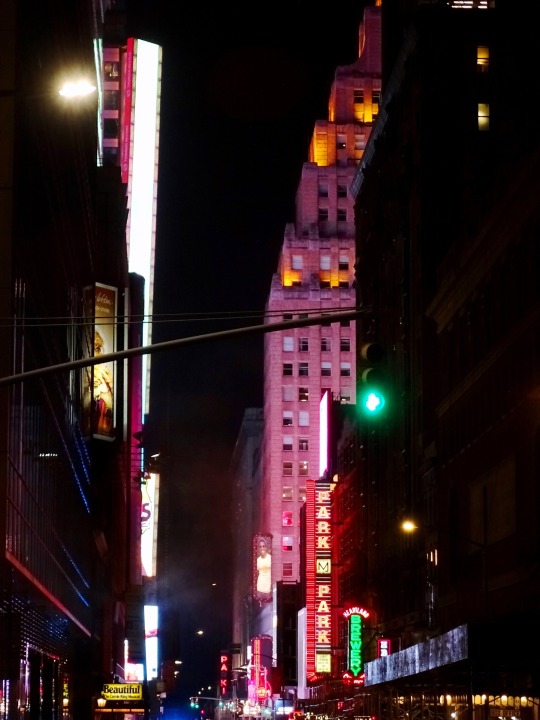
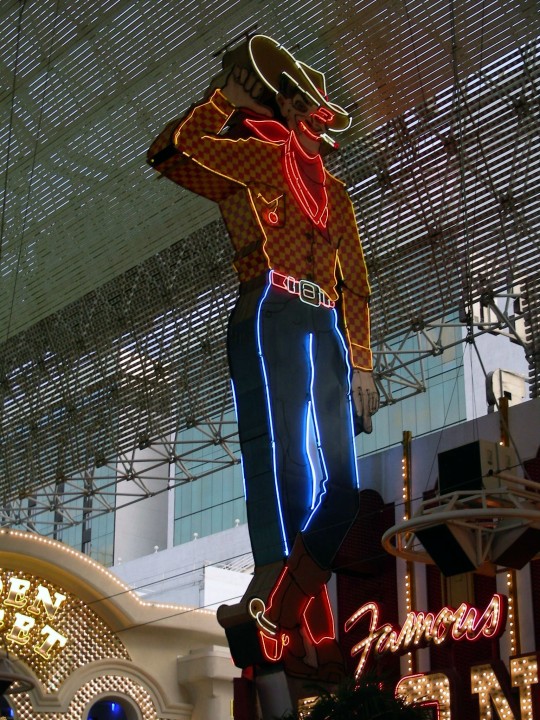
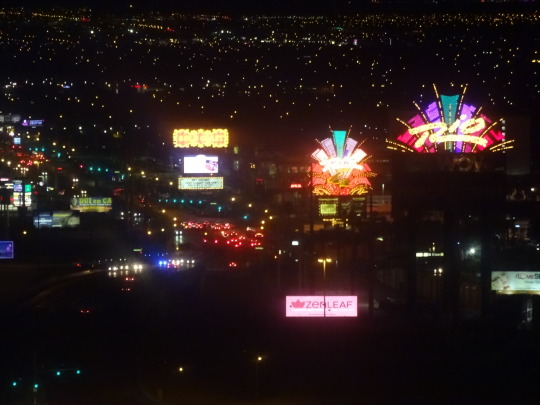
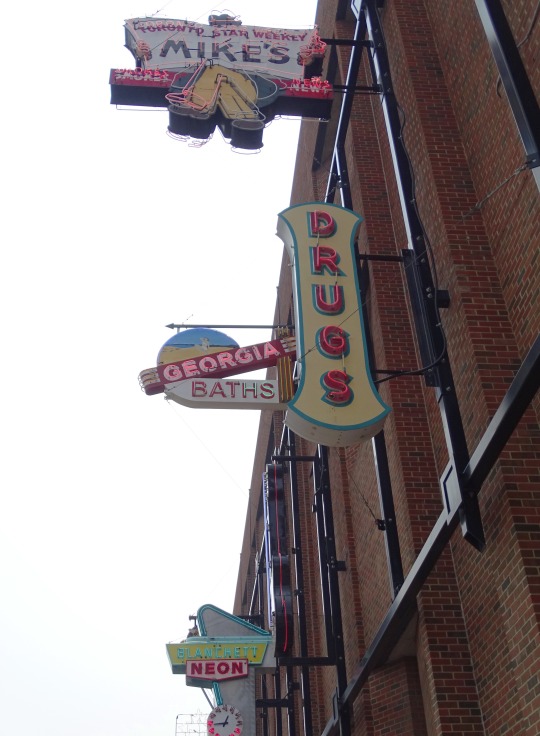

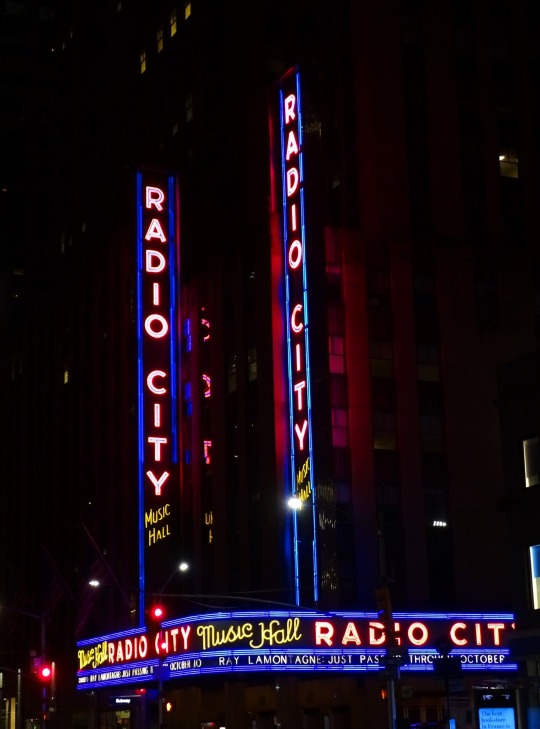
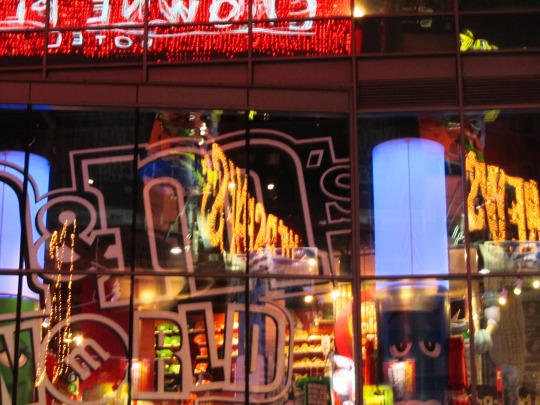
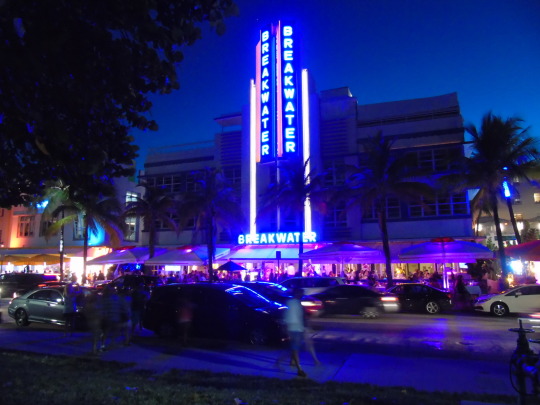
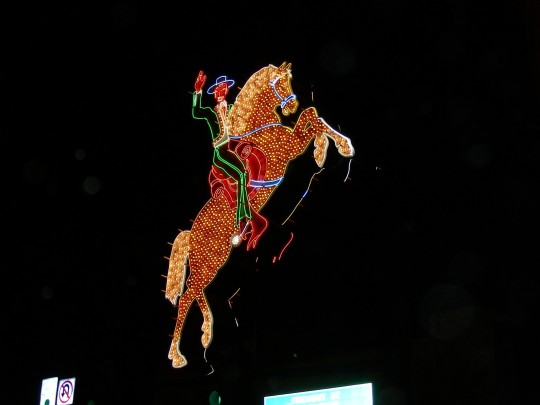
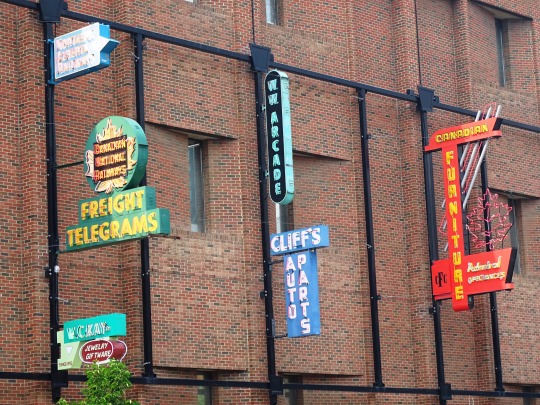
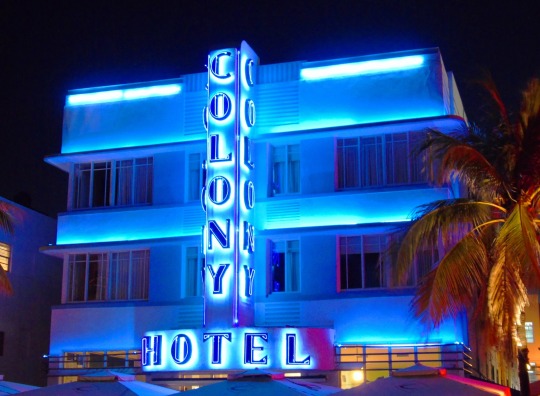
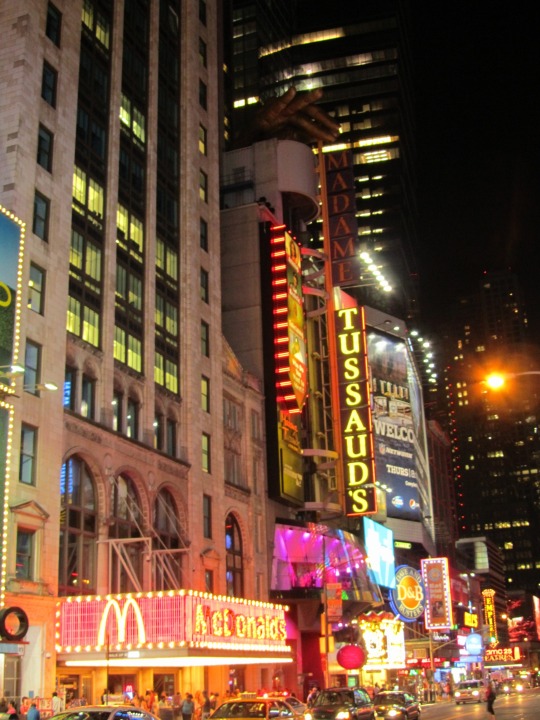
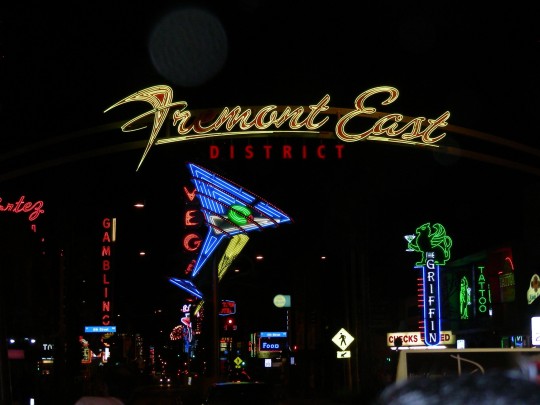
Modern neon lighting was first demonstrated by Georges Claude at the Paris Motor Show on December 3, 1910.
#Neon Sign Museum#Edmonton#Canada#Paris Las Vegas#Paradise#MGM Grand Las Vegas#summer 2022#USA#travel#architecture#cityscape#tourist attraction#landmark#night shot#neon sign#Las Vegas Boulevard#neon lighting#demonstrated#Georges Claude#3 December 1910#anniversary#US history#illuminated#original photography#New York City#Manhattan#San Francisco#Miami Beach#vacation
31 notes
·
View notes
Text

Wedged (hanging around) - Flatiron Building, New York City by Andreas Komodromos
#flatiron building#midtown#nyc street photography#street#urban architecture#tumblr photographer#manhattan#urban#city#nyc#cityscape#new york#travel#new york city#nyandreas#architecture#usa#skyline#landmark
13 notes
·
View notes
Text
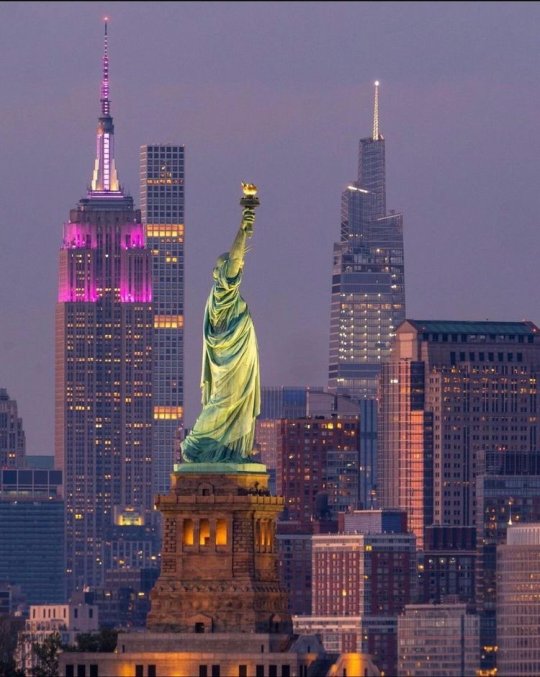
Statue of Liberty
#monument#statue of liberty#united states#new york#ellis island#manhattan#landmark#national monument#iconic#toya's tales#toyastales#toyas tales#art#photograph#photography#photo#travel#december#winter#night view#night vibes#nightlife#nice view#views#cityscape#city life#new york city#city#city vibes#city view
136 notes
·
View notes